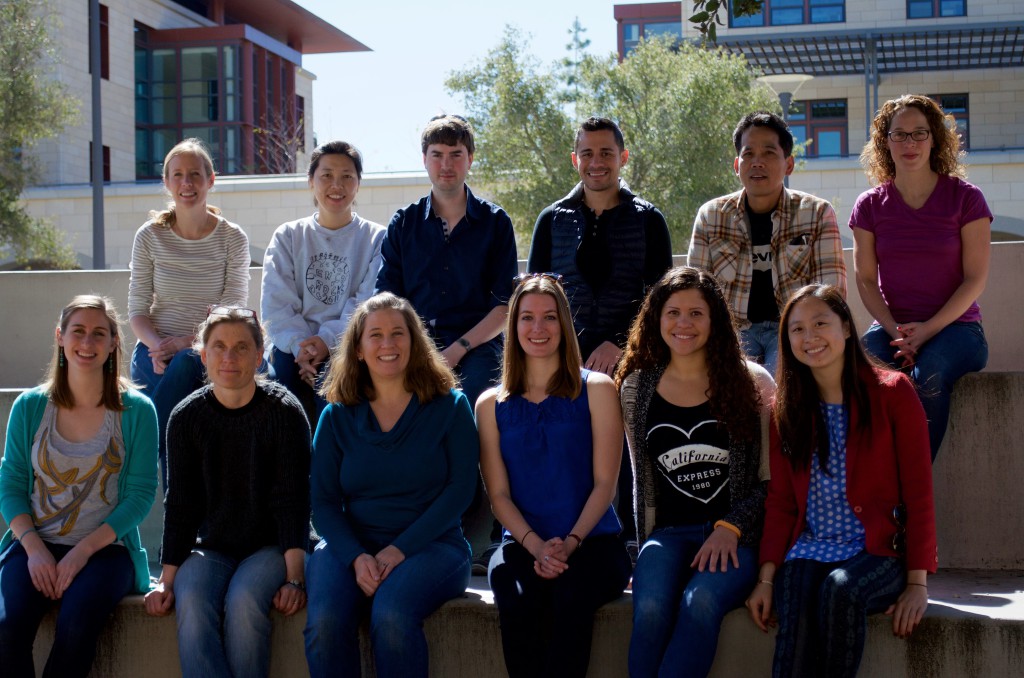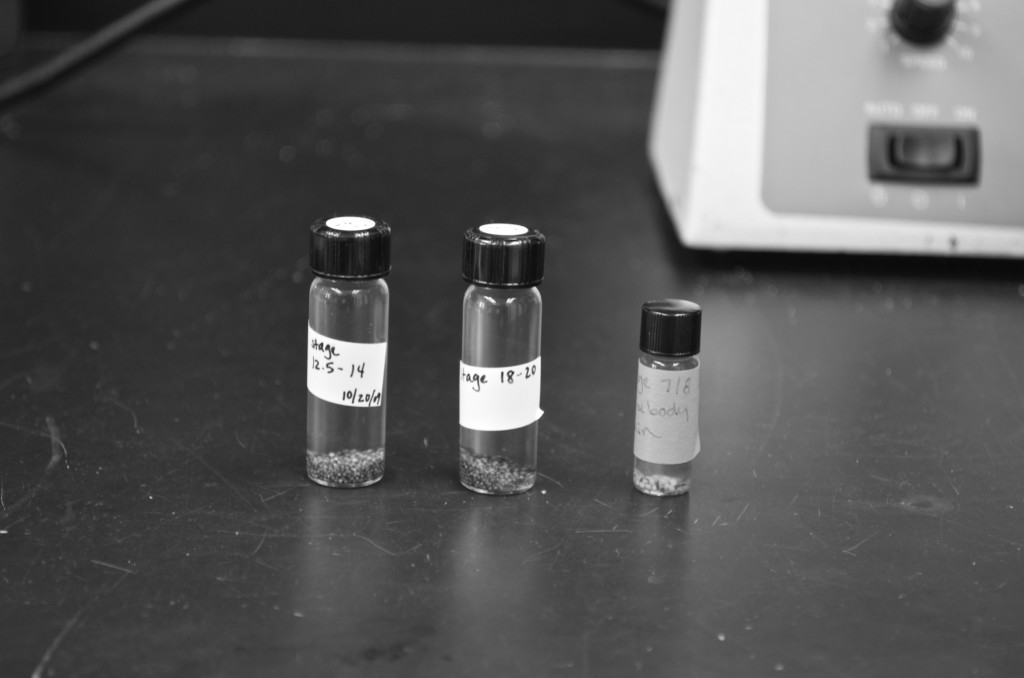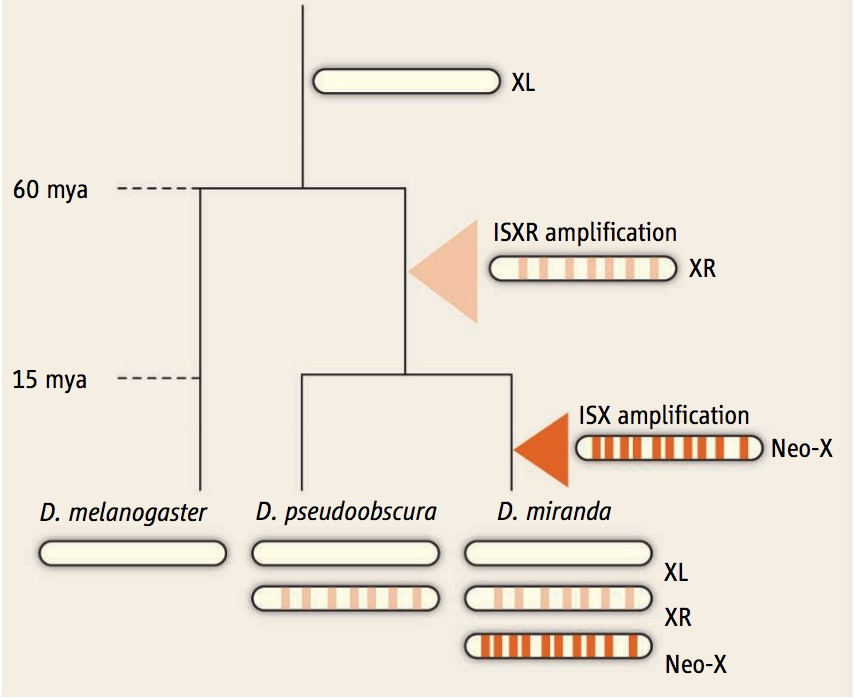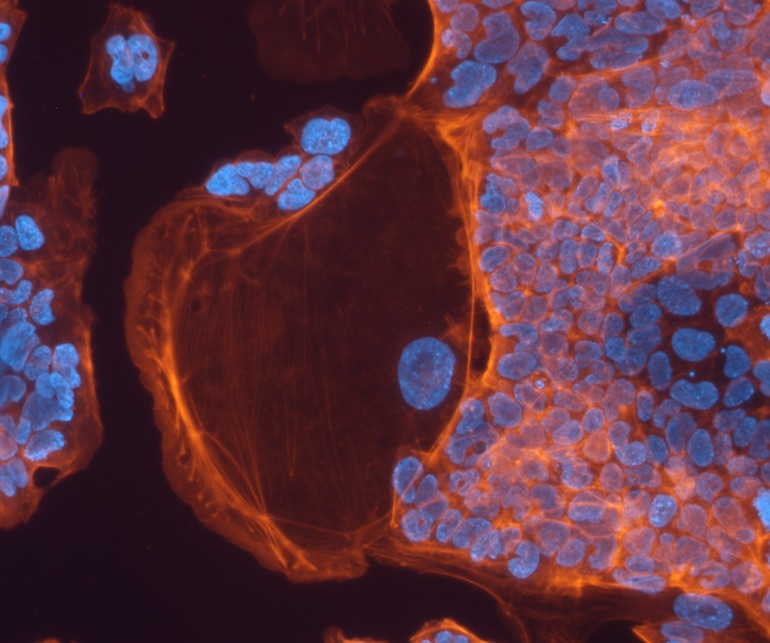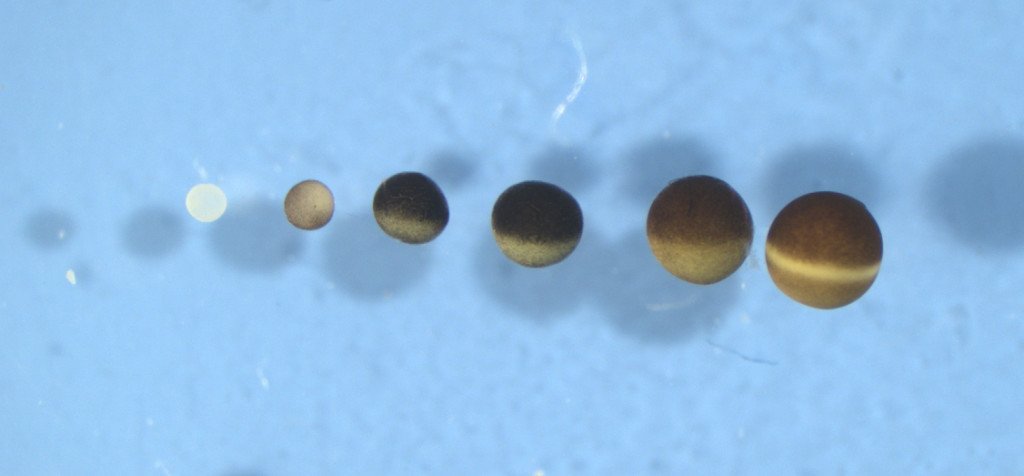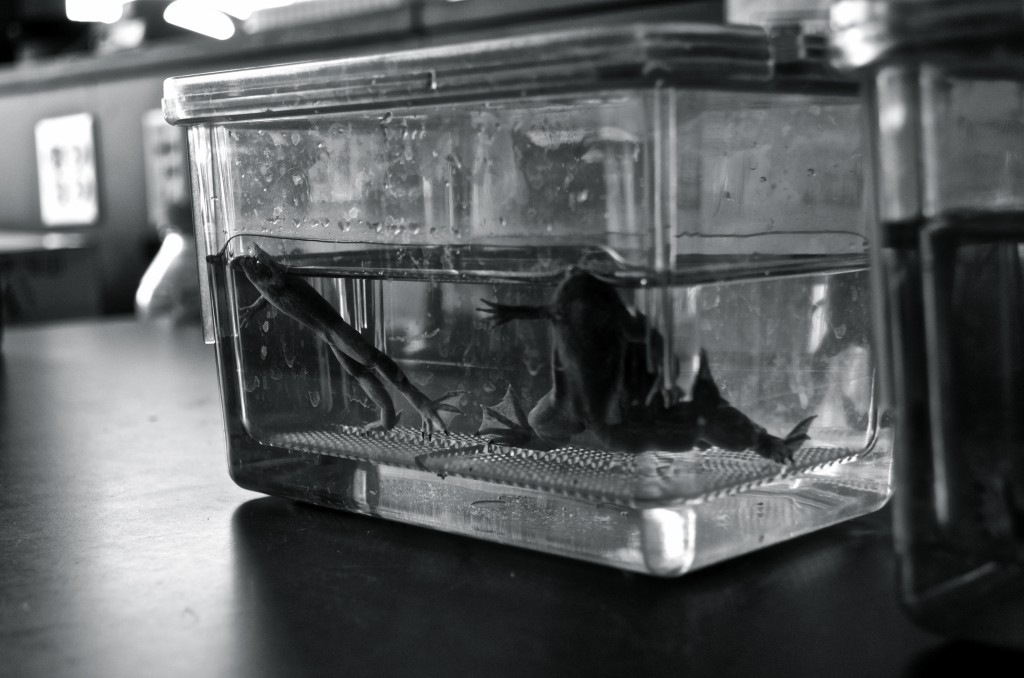Lab Members

Julie Baker
Principal InvestigatorHi, my name is Julie!
jbaker@stanford.edu

Guillaume Cornelis
Postdoctoral ScholarI am interested in the molecular and cellular mechanisms that can influence pace of life of organisms, as well as their evolutive history. More particularly, I am studying the impact of transposable elements (TEs) on the development of the mammalian placenta. TEs are mobile genetic elements scattered across vertebrate genomes. They have been shown to play critical roles in placentation, including as protein coding genes necessary for placental morphogenesis and as important enhancer elements that rewire the placental transcriptional circuitry. This active TE environment is entirely novel to the placental landscape as adult somatic tissues tightly repress TEs using specific epigenetic marks to specifically shut down these highly mutagenetic agents. The consequence, however, is extreme – inducing rapid evolution and potentially allowing for significant diseases associated with this organ, including cancer. My goal is to characterize the role of TEs cooptation in normal and pathological placenta, leading toward a better understanding of the development and evolution of placentation.
Outside of work, I like photography, movies and experimenting new cake recipes on my fellow labmates!
gcorneli@stanford.edu
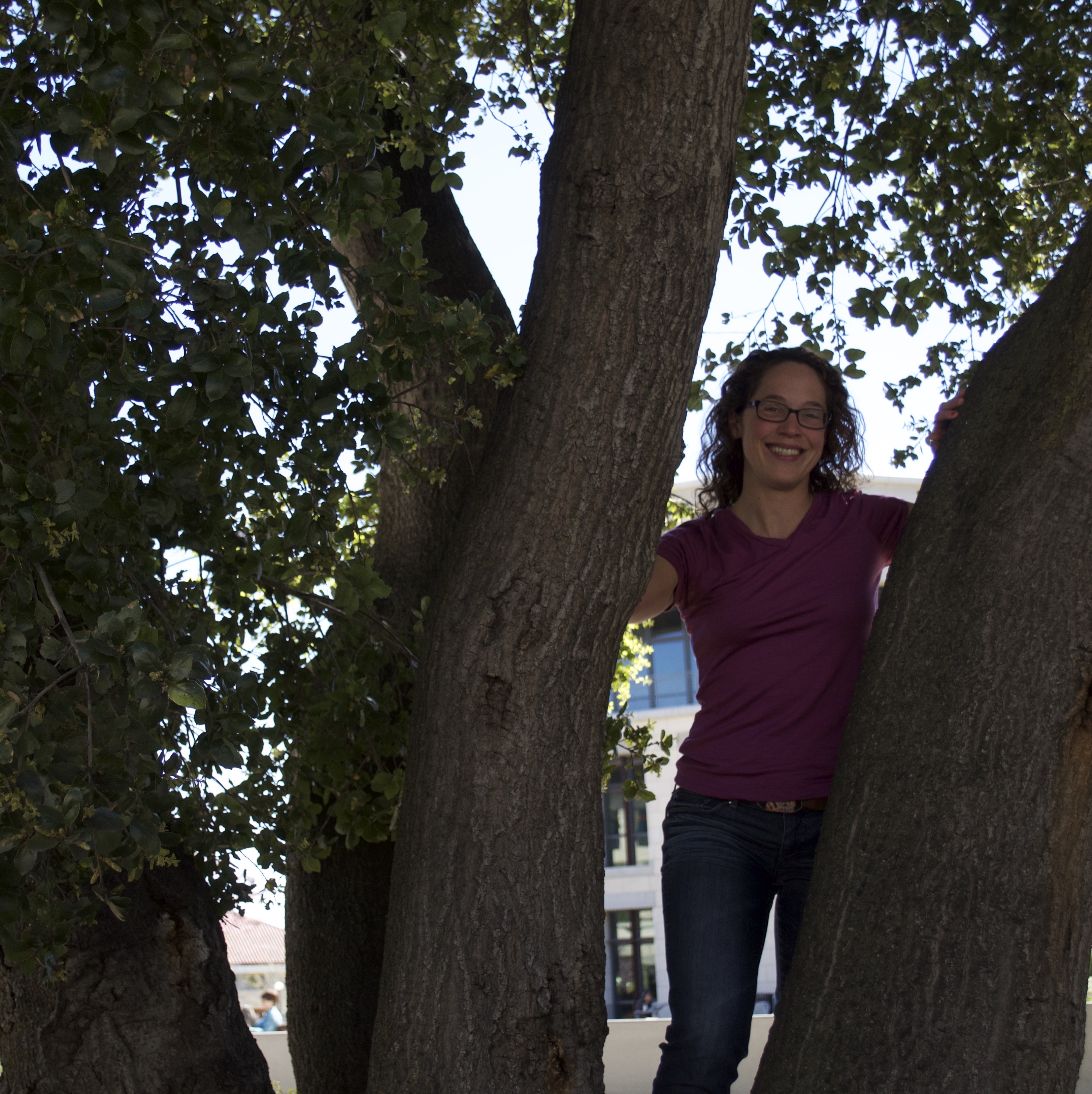
Roberta Hannibal
Postdoctoral ScholarI am interested in understanding the development and evolution of the placenta, a mammalian specific organ crucial for fetal well-being. A key feature of the placenta are polyploid trophoblast cells that invade and remodel the mother’s uterus in order to promote blood flow and nutrient delivery to the fetus. In rodents, these cells are called trophoblast giant cells (TGCs) and have up to 1,000N DNA content due to endoreplication. As recent work has shown that TGC endoreplication is essential for fetal health, my research uses mouse knock-outs and genomics to elucidate the function of endopolyploidy. In addition, I am studying human trophoblast cells, as defects in these cells have drastic consequences for both fetal and maternal health, including preeclampsia and preterm birth, yet very little is understood about the molecular mechanisms behind these diseases.
robertah@stanford.edu

Christine Reid
Postdoctoral ScholarI’m originally from Southern California, and I went to University of Pennsylvania in Philadelphia for my PhD. I came to Stanford as a postdoc in the Baker Lab in late 2012, where I began work on reprogramming somatic cells using the Xenopus laevis oocyte. The oocyte reprograms cells efficiently and rapidly, but little is know about the factors that reprogram foreign nuclei. To define how the oocyte reprograms nuclei, I have characterized both proteins and transcripts within the oocyte. Current work is focused on profiling the chromatin state of the oocyte and the nuclei being reprogrammed. When I’m not in lab, I like hiking in the redwoods, hanging out at the beach and bike riding with my family.
cdreid@stanford.edu

Elisa Zhang
Postdoctoral ScholarMy main research interests are in gene expression and mammalian development, particularly at the intersection of transcriptional regulation and molecular mechanism. I am incredibly fascinated with the placenta, a multi-functional organ that essentially serves as a developing fetus’ lungs, kidneys, digestive system, and immune system. My graduate studies in the Tjian lab at UC Berkeley focused on gene regulation in embryonic stem cells using biochemical and structural approaches. In the Baker lab, I am hoping to combine these approaches with the power of genetics and genomics to study the physiological and pathophysiological development of the placenta in animal models and in human patients, primarily from a molecular and evolutionary perspective.
Outside of lab, I love playing music (violin & piano), taking dance classes, and cooking. I’ve been getting more into hiking lately and am enjoying the great outdoors that the Bay Area has to offer!
etzhang@stanford.edu

Keyla Badillo-Rivera
Graduate StudentI am interested in how different aspects of gene regulation alter placental tissue differentiation and function, and how that affects fetal development and puts the mother in risk. For this, I’m studying both mouse models and human cohorts. Right now, I am particularly looking at factors that affect the invasiveness of the placenta, such as endoreplication in trophoblast giant cells in mice, and previous uterine damage in humans.
Outside of lab, I mainly enjoy staying active. I’ve been dancing salsa for 6 years, and I am currently the director of Los Salseros de Stanford. I recently found a new hobby in rock climbing, and I love just being outdoors and enjoying the sun.
kbadillo@stanford.edu

Jessica Chang
Graduate StudentSince my time in the Baker Lab, I have been deeply engrossed in the remarkable capacity for Xenopus tropicalis tadpoles to regenerate. I am broadly interested in understanding how collections of genes interact over such a developmental time series. As such, I have been involved in utilizing large scale sequencing approaches to systematically identify and characterize patterns of activity that may characterize key biological processes involved in regeneration.
Outside of lab, I’m a huge fan of photography, tennis, and really incredible reality television!
jchang8@stanford.edu
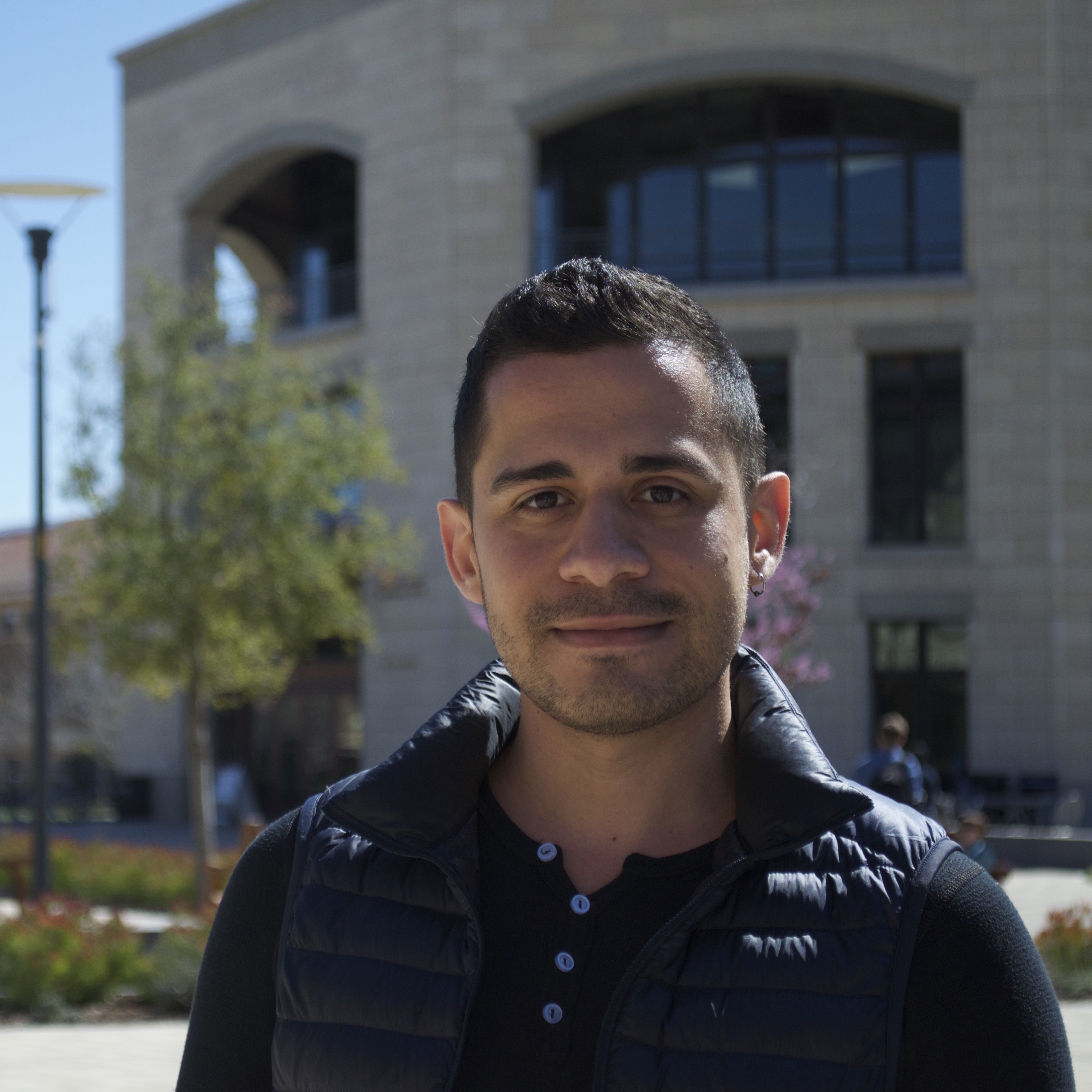
Eduardo Gonzalez-Maldonado
Graduate StudentHi, I’m Eduardo!
I am interested in how major developmental pathways such as the Nodal signaling pathway diversify their downstream effects on gene activation and morphogenesis using a limited amount of effectors depending on different developmental contexts. In Xenopus, the Nodal signaling pathway is involved in specification of mesendoderm, gastrulation and left-right asymmetry. Several Nodal ligands act through type I and type II receptors, resulting in phosphorylation and activation of receptor-activated SMADs. Once activated, the SMADs enter the nucleus and associate with other binding partners such as FOXH1, E2A and HEB, which modify the affinity of the SMAD complex for different sites in the genome. Currently, I am using ChIP-Seq to assess changes in the occupancy of SMAD binding sites in the genome after individual knockdown of Nodal ligands and SMAD binding partners like E2A. Research suggests that changes in the kinetics of SMAD shuttling between cellular compartments results in differential gene expression. Along with Andrea Wills, I am planning to use GFP fusion and bimolecular fluorescence complementation experiments to study the effects or different Nodal ligands on the shuttling of SMADs and their binding partners between the cytoplasm and the nucleus.
egm25001@stanford.edu
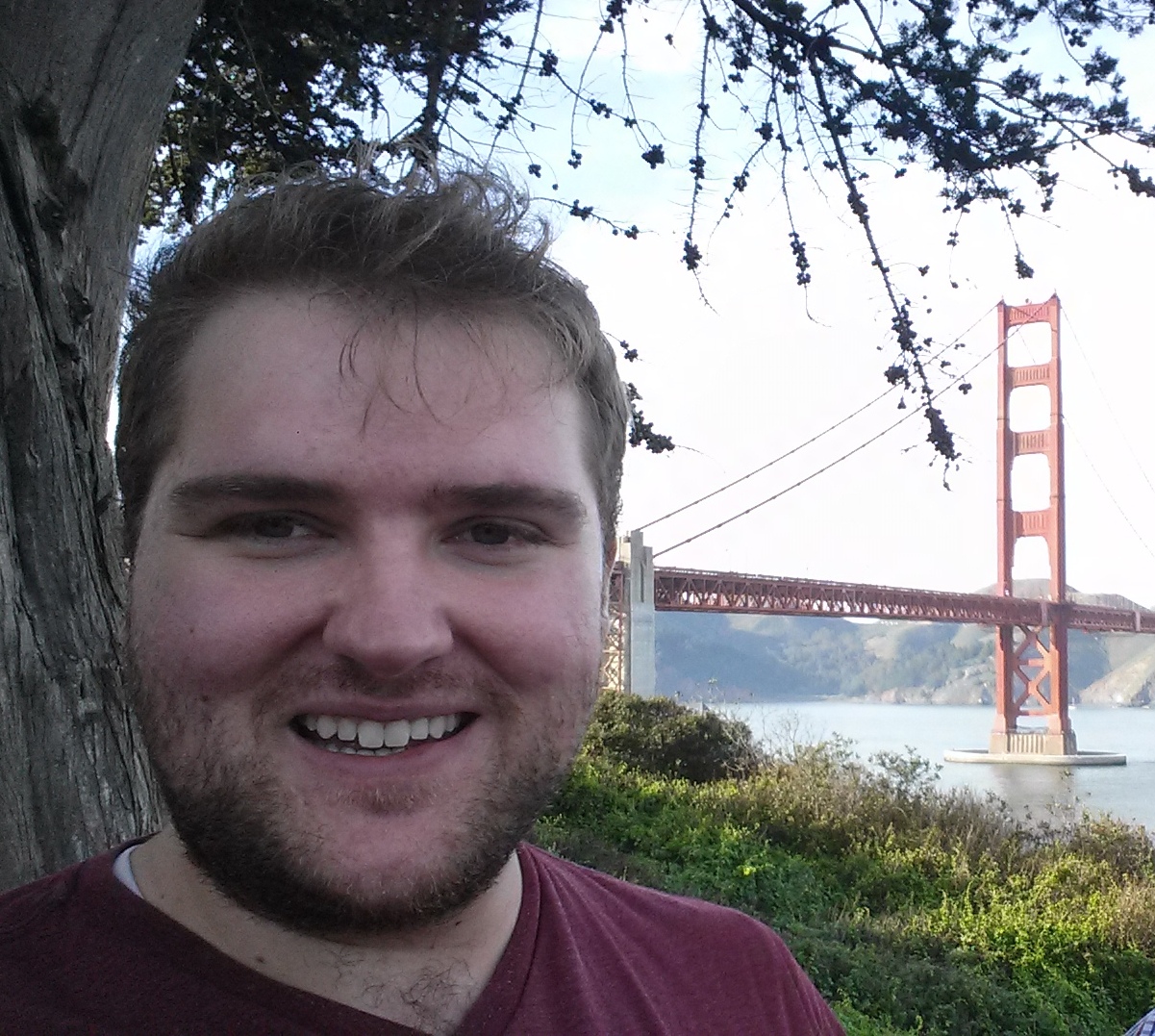
Michael Guernsey
Graduate StudentI’m interested in the genetic and developmental mechanisms that shape the diversity of forms we see in nature. The mammalian placenta has long fascinated evolutionary biologists for this very reason; it displays a stunning amount of variability between species yet maintains a core set of functions that allow for a successful pregnancy. My work thus far has shown that these essential functions are even present in the placentas of tammar wallabies, pouch-bearing marsupials with short pregnancies. Interestingly, lactation in this species has co-opted genes similar to those used in placentation to facilitate offspring growth, My work now focuses on placental variation both within and between species of the fish genus, Poeciliopsis. Placentation has evolved at least three times independently in this lineage allowing us to ask questions about the genetic and developmental requirements for de novo placenta establishment and how these programs can be tinkered with to allow for changes in placental morphology within the same species.
mikewg@gmail.com

Kay Kemp
Graduate StudentHi I’m Kay!
I am primarily interested in the effects of differential gene expression on function, specifically throughout development. To this end I am looking into the function of endopolyploidy in the invasive trophoblast giant cells of the mouse placenta as they invade and remodel maternal uterine tissues.
Outside of lab I like to explore museums and historical sites! I also enjoy baking and trying new restaurants, which has made the bay area quite an adventure so far!
kkemp@stanford.edu
Chris Kaelin
Barsh Lab MemberHi, I’m Chris!
kaelin@stanford.edu
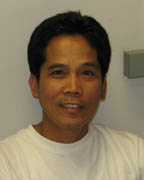
Hermie Manuel
Barsh Lab MemberHi, I’m Hermie!
hermie@stanford.edu

Kelly McGowan
Barsh Lab MemberHi, I’m Kelly!
smells@stanford.edu

